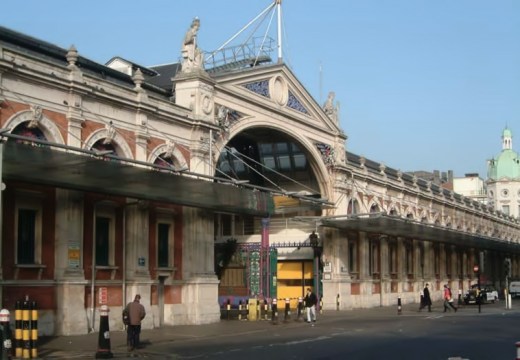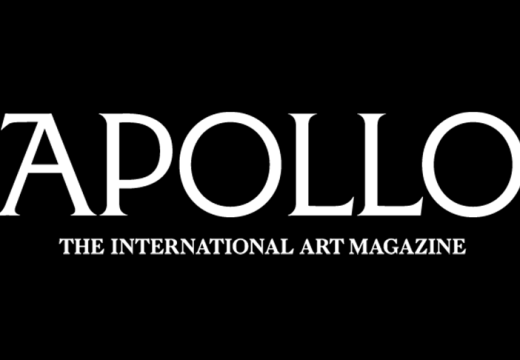London is fascinated with its own near destruction, from Boudicca to the Blitz. But that fascination is never more marked than when it comes to the Great Fire. Perhaps it has something to do with the occult significance of that year, 1666, or perhaps it’s simply because everybody is taught about it at school, making certain points a matter of collective consciousness, from the fact it started in a bakery to the curiously low death count. With Pudding Lane arguably the second-most famous street in London after Downing Street, the 350th anniversary of the fire (which started on 2 September) is being used as a hook for a variety of artistic goings-on.

Spirit by Compagnie Carabosse, at Lumiere Durham 2011, produced by Artichoke. Photo: Matthew Andrews
One programme commemorating the anniversary is a festival called London’s Burning (until 4 September) produced by Artichoke, the art/event creators behind The Sultan’s Elephant and Gormley’s Fourth Plinth. This will feature a range of installations across the Square Mile, bringing a dose of culture into this still rather sterile environment. Highlights include an underwater performance at Broadgate, a sculpture that will cascade like dominoes through the streets of the City in imitation of the fire’s progress, and a gloriously pagan-sounding ceremonial conflagration of a 120-metre wooden sculpture of London on the Thames. Locations incorporated into the festival range from Inner Temple, where an installation will use grains of rice to record the thousands made homeless, to the NatWest on Bishopsgate, where there will be an evening of fire-related talks. There’s even a wood-fired food market at Guildhall Yard.

Dominoes in Marseille; Station House Opera. Produced by Arts Admin. Photo: Adrien Bargin
This comes on top of several other events, chief of which is the Museum of London’s gleefully theatrical ‘Fire! Fire!’ exhibition. Curator Meriel Jeater was able to reflect on the impact of the fire when she took a stroll through the western fringes of the City for a meeting while putting the exhibition together. ‘I walked from Ludgate to Temple…and I realised as I walked that in the fire this had all been destroyed – it’s a 10 minute walk and all of that had gone,’ she says. ‘It’s very hard to imagine that level of devastation. It’s hard to get your head round it. You look at a map of the destruction and wonder how people coped, how London was put together again.’

London 1666 (work in progress), designed by David Best in collaboration with Artichoke. The huge model of London will be set alight on the Thames this Sunday, 4 September. Photo © Matthew Andrews 2016
To emphasise the scale of the destruction, the museum will hold several walking tours over the next few weeks to help people gain a more physical comprehension of the fire and how it affected the landscape of the city. Boat trips will take to the Thames doing much the same, while the Shard’s viewing platform will host guides at certain times of the day to point out key landmarks and tell stories from the fire. There will also be fire-related exhibitions at London Metropolitan Archives, St Paul’s Cathedral, Guildhall Library, Royal College of Physicians, All Hallows By The Tower and Dr Johnson’s House. More unusual offerings include a nocturnal fire garden at Tate Modern, a fire-related pub crawl, projections onto St Paul’s and the National Theatre by Martin Firrell, and free entry to the Monument – booking essential – with lucky entrants getting special commemorative tickets and certificates.

Temple (2015), David Best, produced by Artichoke in Derry Londonderry. A similar spectacle will be staged on the Thames as part of the London’s Burning festival programme. Photo: Matthew Andrews
The London’s Burning programme runs until 4 September at venues across London.
Unlimited access from just $16 every 3 months
Subscribe to get unlimited and exclusive access to the top art stories, interviews and exhibition reviews.














![Masterpiece [Re]discovery 2022. Photo: Ben Fisher Photography, courtesy of Masterpiece London](http://www.apollo-magazine.com/wp-content/uploads/2022/07/MPL2022_4263.jpg)
Has the Fitzwilliam got its rehang right?